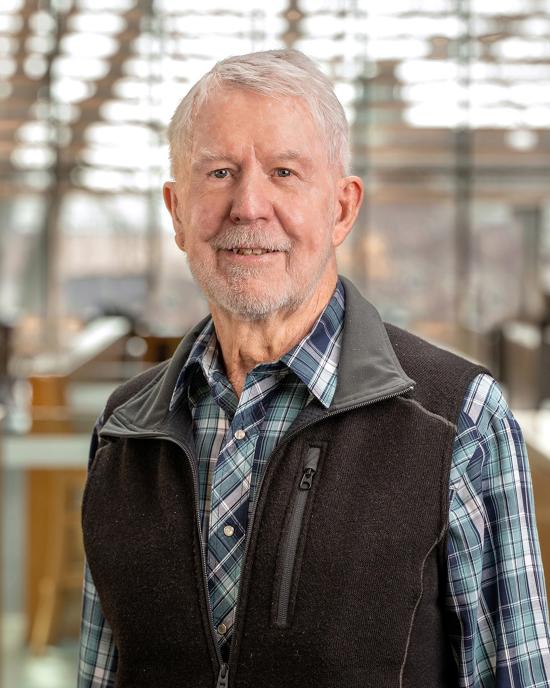Publication
Comparison of AET partitioning and water balance between degraded meadow and artificial pasture in Three-River Source Region on the Qinghai-Tibetan Plateau
On This Page
Actual evapotranspiration (AET) is the main component of water balance and comprises evaporation (E) and transpiration (T). Despite widespread recognition of the importance of water in terrestrial ecosystems, knowledge about key processes in the water balance is surprisingly limited, especially for how water is partitioned between E and T. We used a daily time step soil water model (SOILWAT2) and 10 years of data to describe AET partitioning and water balance of a degraded meadow and an artificial pasture in the Three-River Source Region on the Qinghai-Tibetan Plateau. Our results showed that there are two important environmental factors influencing water balance processes: evaporative demand of the atmosphere and precipitation. Due to the same evaporative demand and precipitation regime, the AET between our two sites was similar in seasonal trends and annual amounts. On an annual basis, AET and deep drainage accounted for almost 100% of the precipitation received by both the two sites. Despite the similarity of annual AET between the degraded meadow and the artificial pasture, the AET partitioning between the two sites was substantially different. Mean annual transpiration/actual evapotranspiration (T/AET) was 27% in the degraded meadow and 52% in the artificial pasture. The key controls on AET partitioning were vegetation and soil, and compared to soil, our study emphasized the influence of vegetation, and high amounts of biomass resulted in the highest values of T/AET in the artificial pasture. Additionally, we identified deep drainage as an important and previously overlooked component of water balance accounting for an average of approximately 21% of the annual precipitation in both the two study sites.
